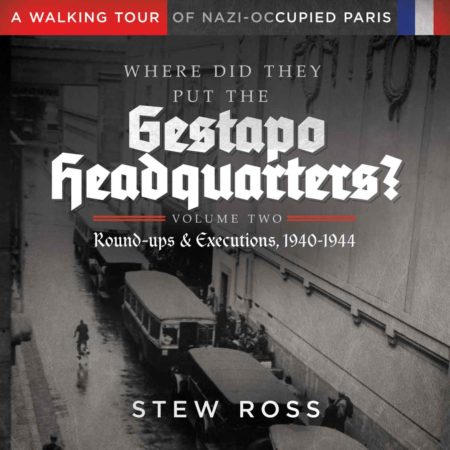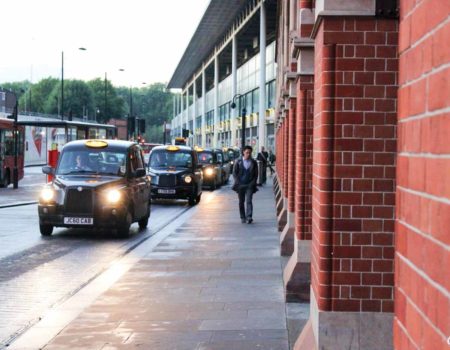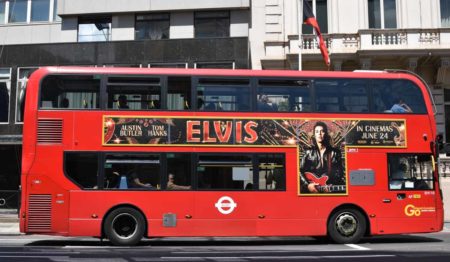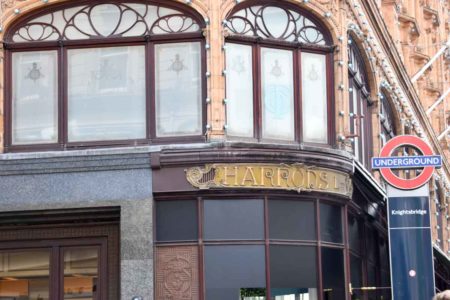This week we celebrate the successful Allied invasion of Europe on the Normandy beaches of northern France. On 6 June (Thursday), it will be the 80th anniversary of D-Day and the beginning of the Allied push into Germany.
I will be giving a one-hour on-line presentation this Thursday for Bonjour Paris (see below). I decided to reprint our 2018 blog on Operation Double Cross that happens to be my presentation topic. Our discussion will expand the story of Operation Double Cross. I hope you can join us on Thursday.
Join Stew Ross for a Discussion on
France Today
“REMEMBERING D-DAY:
Operation Double Cross”
Thursday, 6 June 2024
11:30 – 12:30 (EST)
Click here to watch the trailer for the presentation.
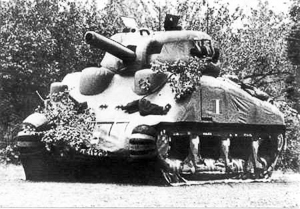
Register Now: Click here.
BONJOUR PARIS is a digital publication dedicated to all things Paris. Visit the web-site here.
Undoubtedly, many of you have heard the story of the fake army which was used to deceive Hitler and his generals into planning for a cross channel invasion (across the Strait of Dover to Pas de Calais). It is true but the story is somewhat more complex and as wartime documents seven decades old are declassified, historians are only now able to fill in missing gaps and answer why Hitler reacted the way he did to the Normandy invasion.
Did You Know?
Did you know that 1st Lt. Paul Chaufty was a P-47 Thunderbolt pilot who was flying an armed reconnaissance mission on 13 August 1944 when he was shot down over the French villages of Ciral and Saint-Ellier-les-Bois? It was the day Allied armies were liberating Ciral. Lt. Chaufty bailed out of the plane, but his parachute never opened, and he fell to his death in a field. A mile away, the plane crashed.
Marie Bastien was fourteen at the time and watched the young pilot’s plane come down. The following day, her father found the body and brought Chaufty’s remains back to the farm where he was buried wrapped in his parachute. Four days later, the pilot’s remains were removed and buried in a temporary military cemetery before final relocation to the Fairview Cemetery in Carthage, New York.
Marie never forgot her experience watching Lt. Chaufty fall to his death. She vowed to keep his memory alive and over the years, discussed this with her daughter who eventually reached out to Lt. Chaufty’s family. One week ago, Marie, her daughter, and members of the Chaufty family stood in the village of Saint-Ellier-les-Bois as a plaque honoring Paul Chaufty was unveiled.
Thanks to one woman’s tenacity, a brave American’s legacy will not be forgotten.
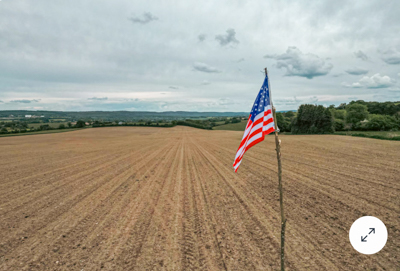
Deception strategies were used by the Allies and Germans against one another throughout World War II. However, by 1942, the Americans and British held the upper hand: intelligence was gained through the top secret Ultra program by decrypting German messages using the Nazi military Enigma machine at Bletchley Park. Deception methods created primarily by British intelligence were becoming increasingly complex and successful. As Churchill, Roosevelt, and Stalin agreed in late 1943 on plans for an invasion of Europe, the Allies came up with the largest deception plan to date to be used against the Nazis.
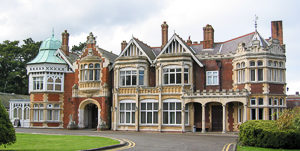
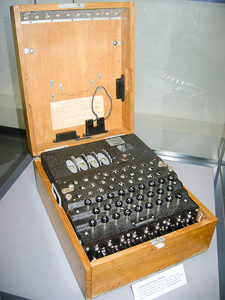
Operation Bodyguard and Fortitude
Operation Bodyguard was the American and British-led umbrella deception plan to mislead the Germans into thinking the inevitable invasion of Europe would take place at a location other than the real invasion site. Additionally, the plan was to deceive Hitler about the actual date, time, and size of the assault force. It was formulated in 1943 once the Allies agreed to a 1944 invasion date.
There were many directives under Operation Bodyguard including Operation Cockade, Plan Jael, Operation Quicksilver, and the Torrent Plan. However, the largest and most successful was Operation Fortitude. Read More The Double Cross System


